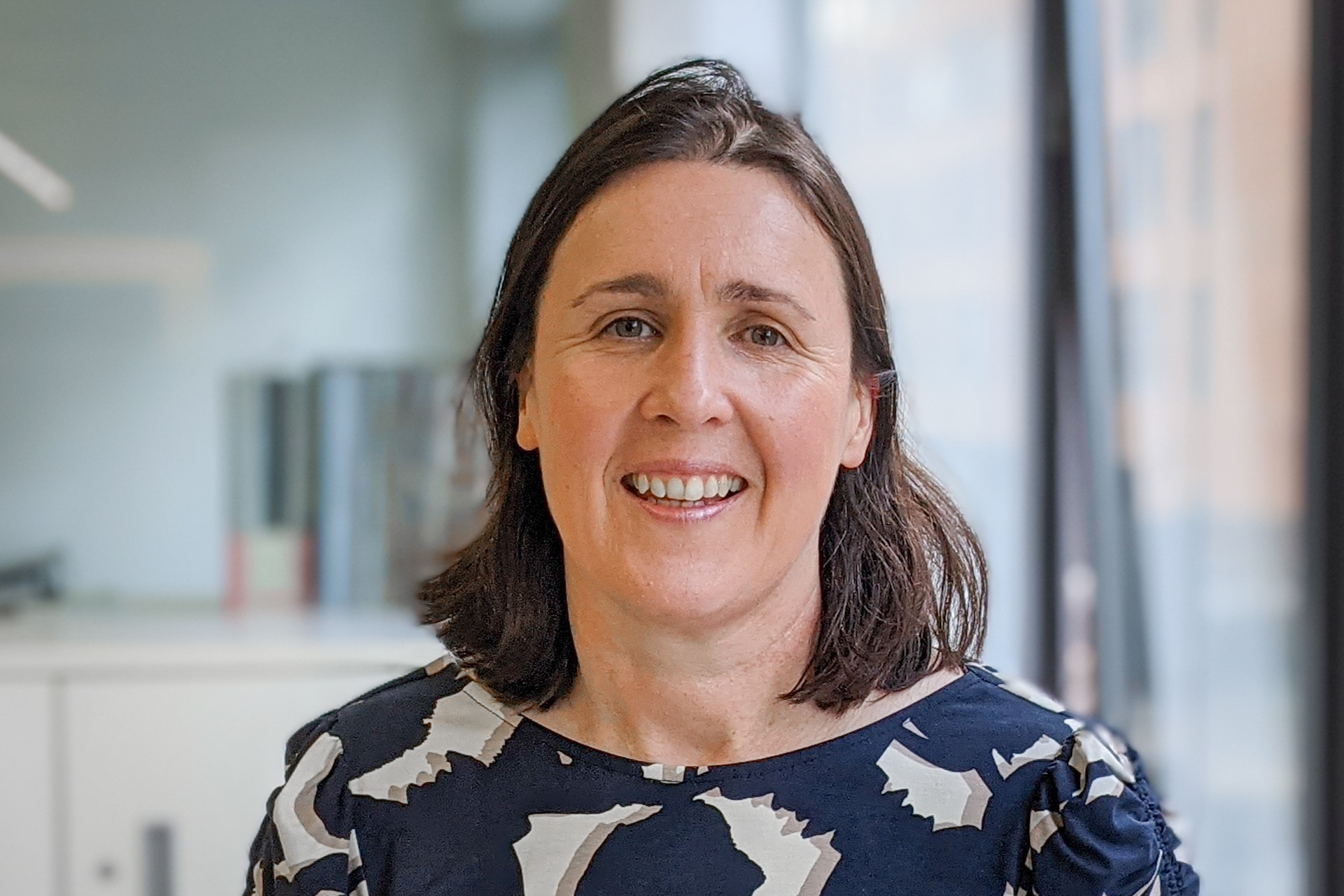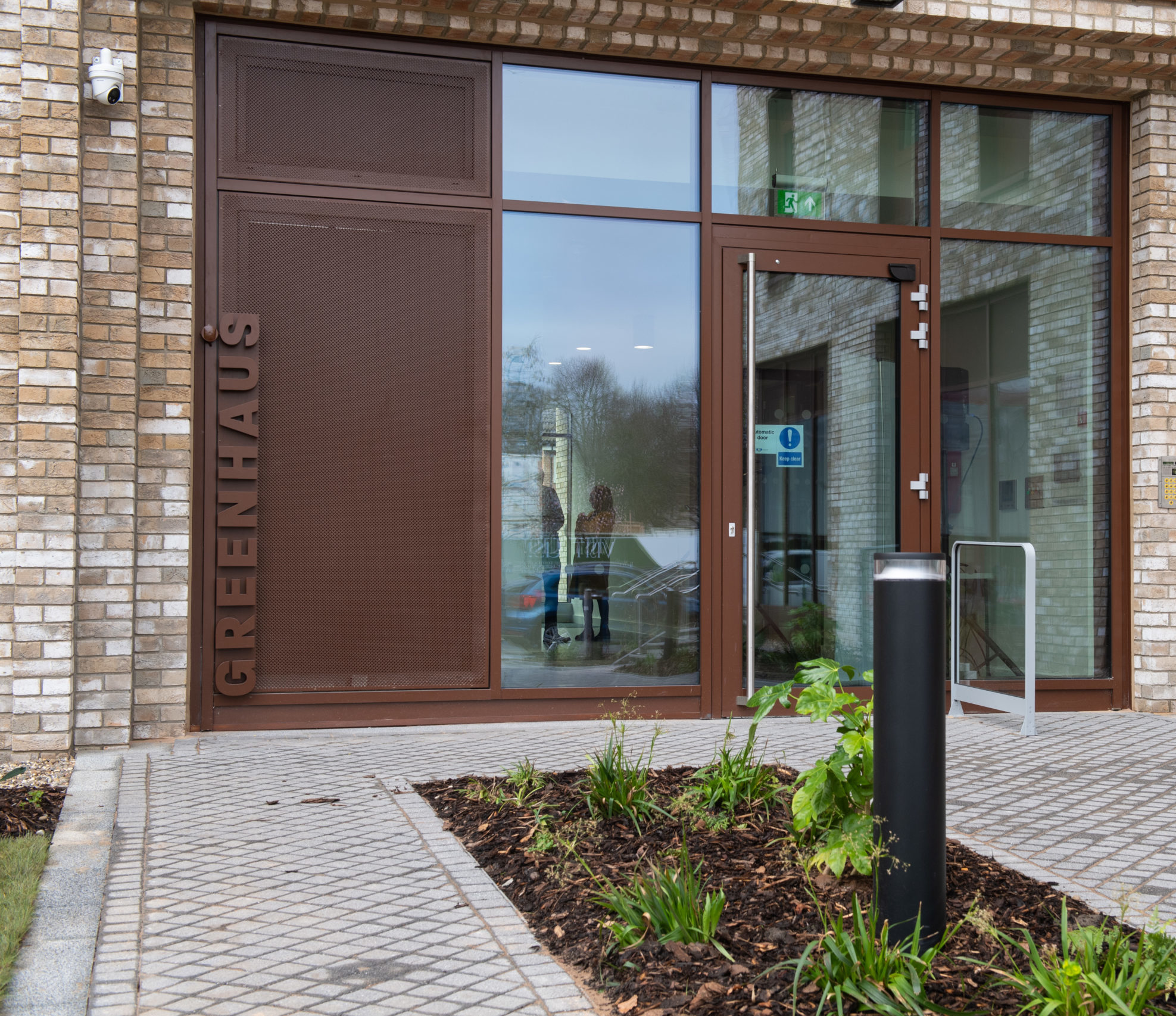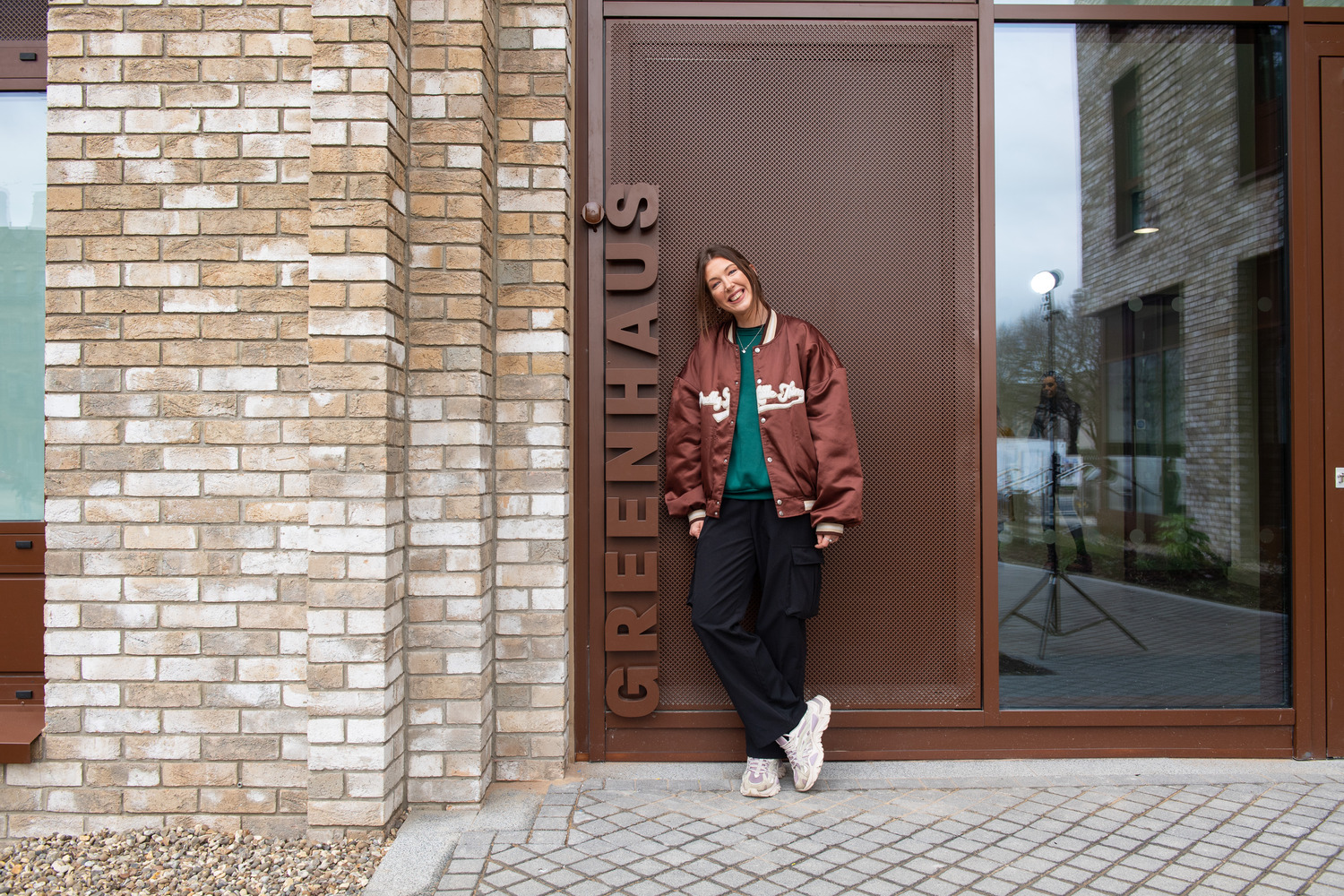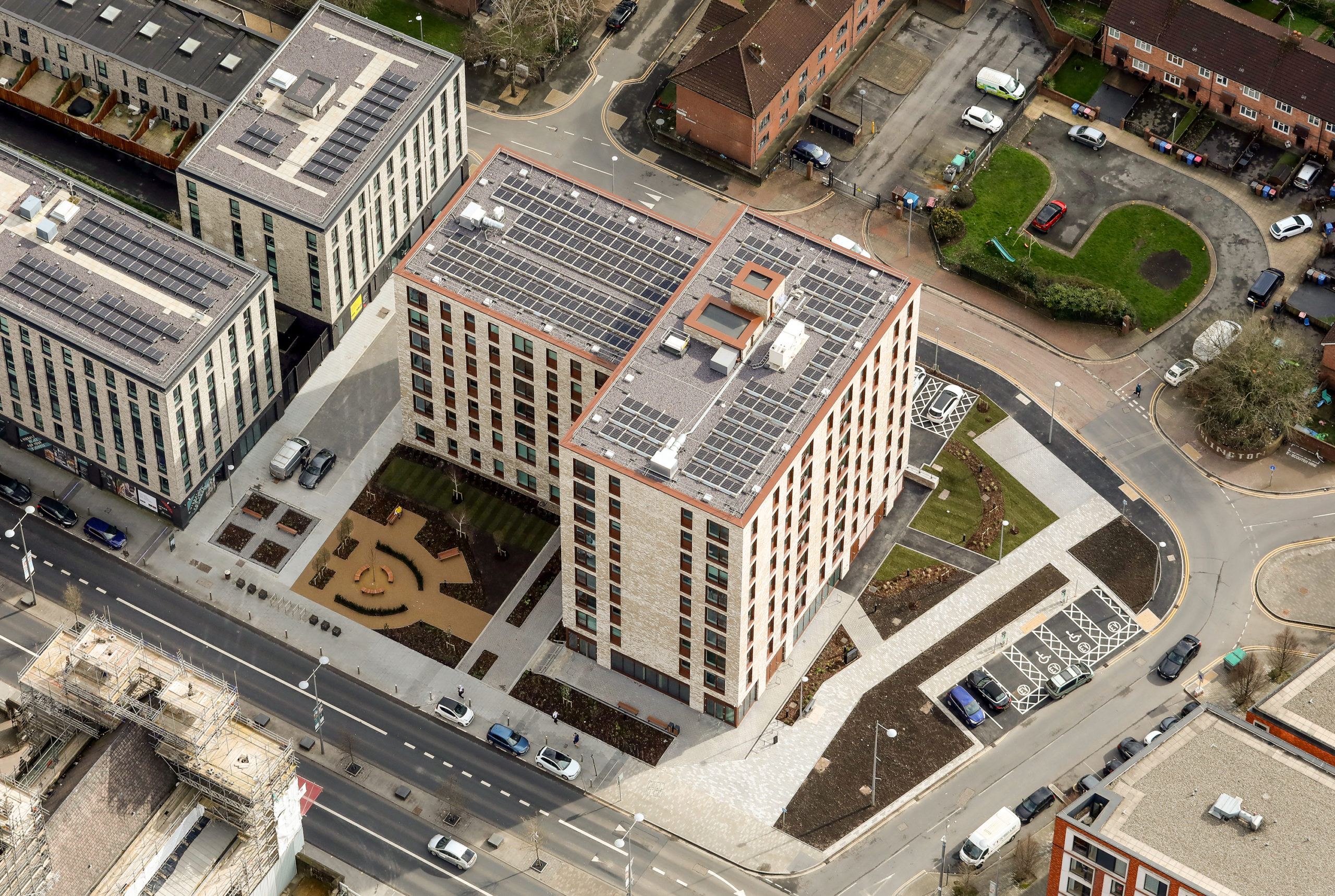Affordability without compromise
04.06.24 5 min read

Alison Haigh, Associate at Buttress Architects, worked in collaboration with Muse on Greenhaus in Salford. Here she shares her learnings, having been part of the core team responsible for delivering the largest Passivhaus Classic Certified development in the North West.
Sustainability is not just about carbon reduction
Carbon emissions are the most tangible measure of our environmental impact. Together, building and construction are responsible for 39% of all carbon emissions in the world. It is with good reason that ways to reduce carbon emissions are central to most UK sustainability targets.
Greenhaus is part of the £1bn, 50-acre Salford Central transformation being delivered by ECF (formerly the English Cities Fund) – a joint venture between Muse, Legal & General and Homes England – in partnership with Salford City Council and Salix Homes. It is one of several developments with Muse that have knitted together Chapel Street, and my favourite to date owing to its affordability and high-quality finish.
Comprising 96 sustainable, affordable homes – including 11 for social rent, 13 for affordable rent and 72 available through Rent to Buy – Greenhaus takes the overall percentage of affordable homes delivered by ECF to 25% across the Chapel Street area of the masterplan. For me, this is at the core of what makes it great. It’s 100% affordable, which is demonstrably helping to reduce inequality and disadvantage in Salford.
It is one of the UK’s largest medium-rise Passivhaus apartment schemes, and as such significantly reduces carbon emissions by cutting the building’s operational energy requirements.
To aid with this and to ensure residents make the most of the technology effectively, Salix Homes will be embarking on a careful education process, supporting residents to get the most of out of their homes by monitoring air quality and energy usage.
Through this, we can track the long-term benefits and identify lessons learned for future developments.
As a Passivhaus Consultant, I extremely proud of working on this ground-breaking scheme, but I also think sustainability should not just be about carbon reduction.
Developments should support strong, vibrant, and healthy communities
Working across a series of five residential developments in the Chapel Street area has allowed Buttress to design (in consultation with ECF) for different tenures. This adds to the variety within the area, fostering a diverse community which meets the needs of present and future generations.
The cost-of-living crisis and concerns about energy security have sharpened the focus on fuel poverty. Uninsulated and poorly ventilated buildings result in hard-to-heat homes prone to suffer from damp and mould issues.
Greenhaus provides the following benefits to residents:
– Low energy demand, equating to low household bills and helping to reduce rent arrears
– High levels of occupant comfort, through effective and healthy ventilation
– Higher performance, future-proofed building components which lower the risk of building fabric damage
– Little or no gap in performance, saving on repair and retrofitting costs
Improving climate resilience
Hotter, drier summers present a large risk to occupant comfort within the building. To keep Greenhaus cool in summer, we optimised glazing ratios and glazing reflectance performance specification.
And when it comes to saving water and using it more efficiently, Greenhaus is provided with low flow fittings and appliances. An attenuation tank is incorporated to alleviate the pressure on national water supply and drainage infrastructure too.
We also minimised demolition and construction waste, considered the reused/recycled content in building elements, and promoted responsible sourcing of supply materials. For example, we required that timber should be obtained from well-managed forests. We also aimed to eliminate polluting materials.
The aim was to leave the site in better ‘regenerative’ ecological condition than before development.
Promoting Health and Wellbeing
But we also focused on much more than just technical aspects.
For instance, we were very conscious that Greenhaus is located on a busy road. The Mechanical Vent and Heat Recovery filters out pollution so the residents are breathing in clean air, and the design also includes large areas of planting, with trees playing a critical role in protecting people from air pollution.
Elsewhere, a spacious central residential lobby connects two building entrances to promote interaction between residents, while Juliette balconies afford varied and far-reaching views.
The scheme’s triple glazing minimises noise disruption to people and communities, and Greenhaus also comprises four wheelchair user dwellings to promote accessibility.
Looking to the future
Greenhaus is just the beginning. The team is already working on a second Passivhaus project – Willohaus – with ECF and Salix to provide 100 homes, being 100% affordable, and 100% certified.
To achieve Net Zero targets, we need a fundamental shift in our understanding of operational and embodied carbon. But we also need to remember that sustainability is wider than this single target. Our proposals need to be viable, equitable and inclusive places to live and work.



